Analysis: Ram and Dodge and the J.D. Power Initial Quality Study

It’s been a few months now, so I’ve had plenty of time to get used to it — and yet, it still seems wrong. It feels factually wrong, emotionally wrong, and just wrong wrong. What is “it”, you ask? It’s this: Ram and Dodge topped the 2021 J.D. Power Initial Quality Study, ahead of Lexus, Mitsubishi, and Nissan.
If someone told me, “The most reliable new cars you can buy are Rams, Dodges, Lexuses (Lexii?), Mitsubishis, and Nissans …” well, I’m not sure how you’d respond, but I would assume they sold Rams, Dodges, Mitsubishis, and Nissans, and just threw Lexus in there to give the list some credibility.
I won’t go as far as Brightwork Research in calling J.D. Power “a fake entity”, but my gut tells me that there has to be more to JDP’s Initial Quality Study than — well, initial quality — that’s pushing weird brands up in the ranking, and I’ve decided to do a little more research to find out what. If you’re as curious as I am, keep reading.
I LOVE DODGE
Before we get much further and I get accused of some $TSLA-fueled, anti-Mopar agenda, I want to set the record straight: I love Dodge.
My first dealership job was at a Dodge store in the ‘90s. I’ve owned — and raced — a couple of first-get Neon ACRs, a Dakota, a Ram 1500 (all manuals); I’m a proud member of an FWD Mopar group on Facebook; and I own more than one book chronicling the 1997 North American Touring Car Championship (NATCC), which was won by the best-looking Dodge Stratus ever built. I’ve also spent the last few decades championing the cause of the 2.2-liter, Mopar-engined Mosler Consulier GTP to anyone who would listen. I am, as the kids say, “into this”, so when I tell you that there is absolutely no freakin’ way that Dodge is the best-built car you can buy, I tell you that from a place of love and truth.
The good people at J.D. Power, one assumes, do not suffer from whatever mental health issue(s) that drives me to cruise the classifieds for a cheap Chrysler TC by Maserati or Plymouth Sundance Duster 3.0 every other payday. Something else is at play here, then, and it’s that “something else” that I seek to uncover.
All caught up? Great!
THE PROBLEM WITH J.D. POWER AWARDS
For those of you unfamiliar with how J.D. Power works, the basic idea is that they’re a survey and market research company. That means they’ll survey people who bought your product, then share the results of that survey with you. For money. Oh! — and, if you want to talk about those results, you have to pay them even more money.
How much money? Lots.
“(J.D. Power) reportedly charge hundreds of thousands of dollars to carmakers just for access to their survey results and then charge another big-time fee for the right to mention their awards in ads,” reports Consumer Reports (ha!). “Additionally, they provide a separate, equally pricey service where they help car companies make improvements that should result in higher ratings.”
Did you catch that last part? If you’re a car company — say, “TTAC Motors” — you could hire J.D. Power to send a survey to people who bought your cars. They’ll tell you how your car did on their survey, then — for a price — tell you how you can get a higher rating.
The only exception to this “you pay J.D. Power to survey people” rule seems to be Tesla. “(Tesla) is not officially ranked among other brands in the study as it doesn’t meet ranking criteria,” according to the J.D. Power website. “Unlike other manufacturers, Tesla doesn’t grant J.D. Power permission to survey its owners.” The result of this, the one and only “pro-bono” JDP survey? Tesla ranked dead last in the 2020 Initial Quality Study.
Seems pretty legit, right?
Oh, no — wait. That doesn’t seem legit at all!
Heck, even the typically milquetoast writers at Consumer Reports are willing to get a little feisty about J.D. Power. CR’s Chris Moran quotes an unnamed JDP exec saying, “Core to our success is that our clients believe that the research is entirely independent. If they felt that you could buy a better score, then the score would become worthless.” (Emphasis mine)
So, J.D. Power seems to have a financial interest in giving reliability awards to unreliable brands, since those brands are probably more likely than brands with strong anecdotal evidence of reliability to be willing to pay big money to cite J.D. Power’s ads in their commercials. This seems like it would be doubly true of brands who performed poorly in previous JDP surveys, then hired JDP’s consultants to help them do better in future JDP surveys, you know?
You know — and that’s just problem 1.
Problem 2 is the way J.D. Power ranks the cars surveyed. In 2011*, Raffi Festekjian, the company’s director of automotive product research, explained to Car and Driver that, “the Initial Quality Study was designed to capture ‘things gone wrong’ with a vehicle. Each of those things is labeled ‘a problem,’ and it can be ‘either a fault in the assembly of the vehicle or a design issue.’ A fault might be a poorly assembled door panel or a loose electrical connection, while a design issue is something that a customer doesn’t like — a multifunction cruise-control stalk, for example — even though the item is performing exactly as intended.” (Again, emphasis mine)
That sounds fine, on the surface, but even a tiny bit of digging muddies the waters again.
“We make no judgments about these answers,” says Festekjian. “We simply report the voice of the customer.”
That means JDP could, conceivably, get back a survey that says, “voice recognition not working,” and ding the carmaker with “a problem”, where “the problem” may not be with the car (Siri/Alexa is acting up), or may not be a problem at all (user error/ stupidity).
HOW DID DODGE AND RAM GET TO THE TOP
At the end of the day, it’s unlikely that J.D. Power would lie about the results of their surveys. What seems more likely is that they don’t survey buyers of every model, and it’s mathematically easier for a carmaker to game the system and generate positive responses by focusing JDP’s surveys on low-volume models that have an enthusiastic following, offer older (read: More familiar) infotainment and technology suites, and by training dealers to specifically target certain, known JDP survey questions. The fact that said carmaker may have done poorly in past studies and/or paid a ton of money to rank higher may or may not have something to do with it, too.
The LX platform Dodge builds the Charger on has roots in the 1990s Mercedes-Benz E-Class, last time I checked. Similarly, the UConnect system in that car looks pretty similar to the infotainment system in the last Dodge Dart I drove back in 2015, so it’s probably pretty familiar to repeat Dodge customers (Ed. note – Stellantis is slowly unveiling a new Uconnect across brands but it’s likely too early to have an impact on J.D. Power results). And, like, you know who really, really loves to talk about how awesome the Dodge Charger is? Dodge Charger owners. A quick Google search of Ram interiors reveals a similar visual familiarity (to my eyes, anyway). With all those things considered, it would be weirder if Dodge didn’t rank highly in the IQS … it’s just too bad that those things don’t have much to do with actual quality.
That’s just my take, though. You’re the Best and Brightest, so if there’s a flaw in my thinking, I’m sure you guys will point it out. Let’s see it!
- Hilariously, Dodge was dead last in the JDP Initial Quality Study that year, just behind Mitsubishi.
[Image: Dodge/Stellantis]

I've been in and around the auto industry since 1997, and have written for a number of well-known outlets like Cleantechnica, the Truth About Cars, Popular Mechanics, and more. You can also find me talking EVs with Matt Teske and Chris DeMorro on the Electrify Expo Podcast, writing about Swedish cars on my Volvo fan site, or chasing my kids around Oak Park.
More by Jo Borras
Latest Car Reviews
Read moreLatest Product Reviews
Read moreRecent Comments
- Corey Lewis It's not competitive against others in the class, as my review discussed. https://www.thetruthaboutcars.com/cars/chevrolet/rental-review-the-2023-chevrolet-malibu-last-domestic-midsize-standing-44502760
- Turbo Is Black Magic My wife had one of these back in 06, did a ton of work to it… supercharger, full exhaust, full suspension.. it was a blast to drive even though it was still hilariously slow. Great for drive in nights, open the hatch fold the seats flat and just relax.Also this thing is a great example of how far we have come in crash safety even since just 2005… go look at these old crash tests now and I cringe at what a modern electric tank would do to this thing.
- MaintenanceCosts Whenever the topic of the xB comes up…Me: "The style is fun. The combination of the box shape and the aggressive detailing is very JDM."Wife: "Those are ghetto."Me: "They're smaller than a Corolla outside and have the space of a RAV4 inside."Wife: "Those are ghetto."Me: "They're kind of fun to drive with a stick."Wife: "Those are ghetto."It's one of a few cars (including its fellow box, the Ford Flex) on which we will just never see eye to eye.
- Oberkanone The alternative is a more expensive SUV. Yes, it will be missed.
- Ajla I did like this one.
















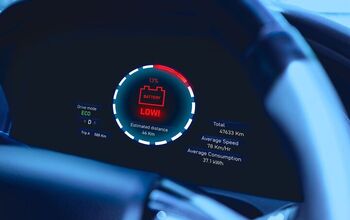
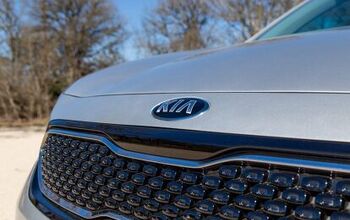
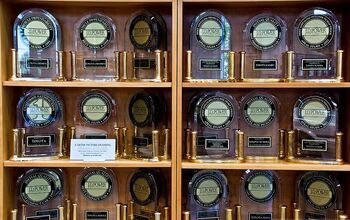
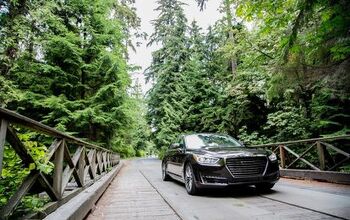
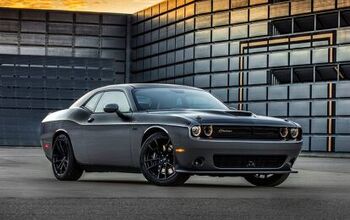
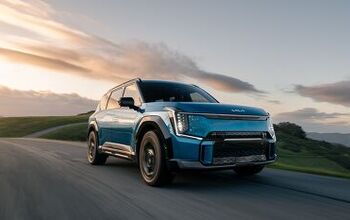
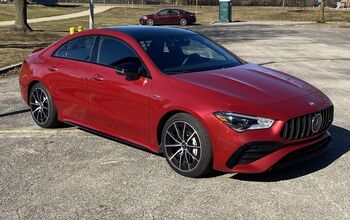
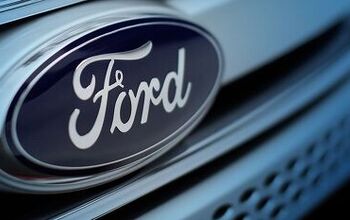
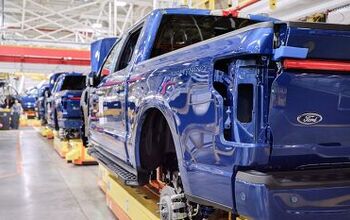
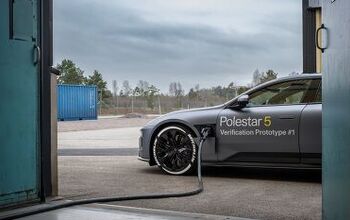
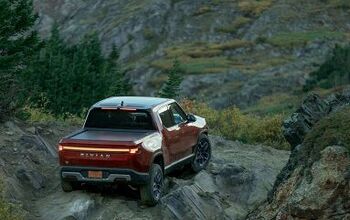
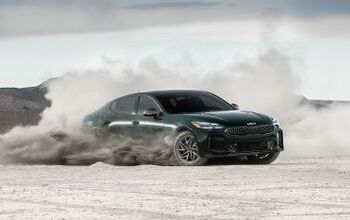

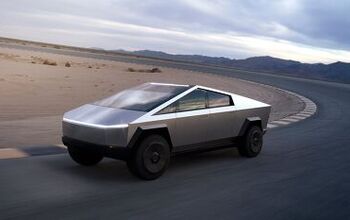

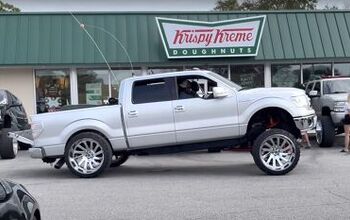

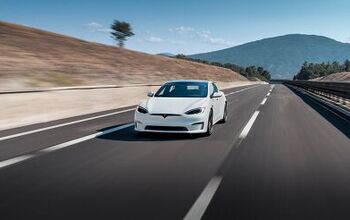
Comments
Join the conversation
I'm surprised at how good Mopars have been the last few years. 2014 Challenger, 100k mikes, one tire pressure sensor. 2018 RAM 2500 Cummins, 65k miles, zero defects. I purchased a 2017 RAM 1500 while the wife purchased a 2018 Z71 GMC. The RAM has 60k miles, they replaced a LED in the overhead console. The GMC with 38k miles. Fuel injectors, fuel rail, throttle body, some solenoid in the transmission and the radio. Sunroof leaks which repeated trips to the dealer has been unable to rectify. It seems Mopar isn't the one of old any more. I remember when Chrysler products were pre-rusted like Vegas, leaked water like sieves and rattled like an old Soviet farm tractor.
My Chrysler 200 rocks. It deserved a much better fate.